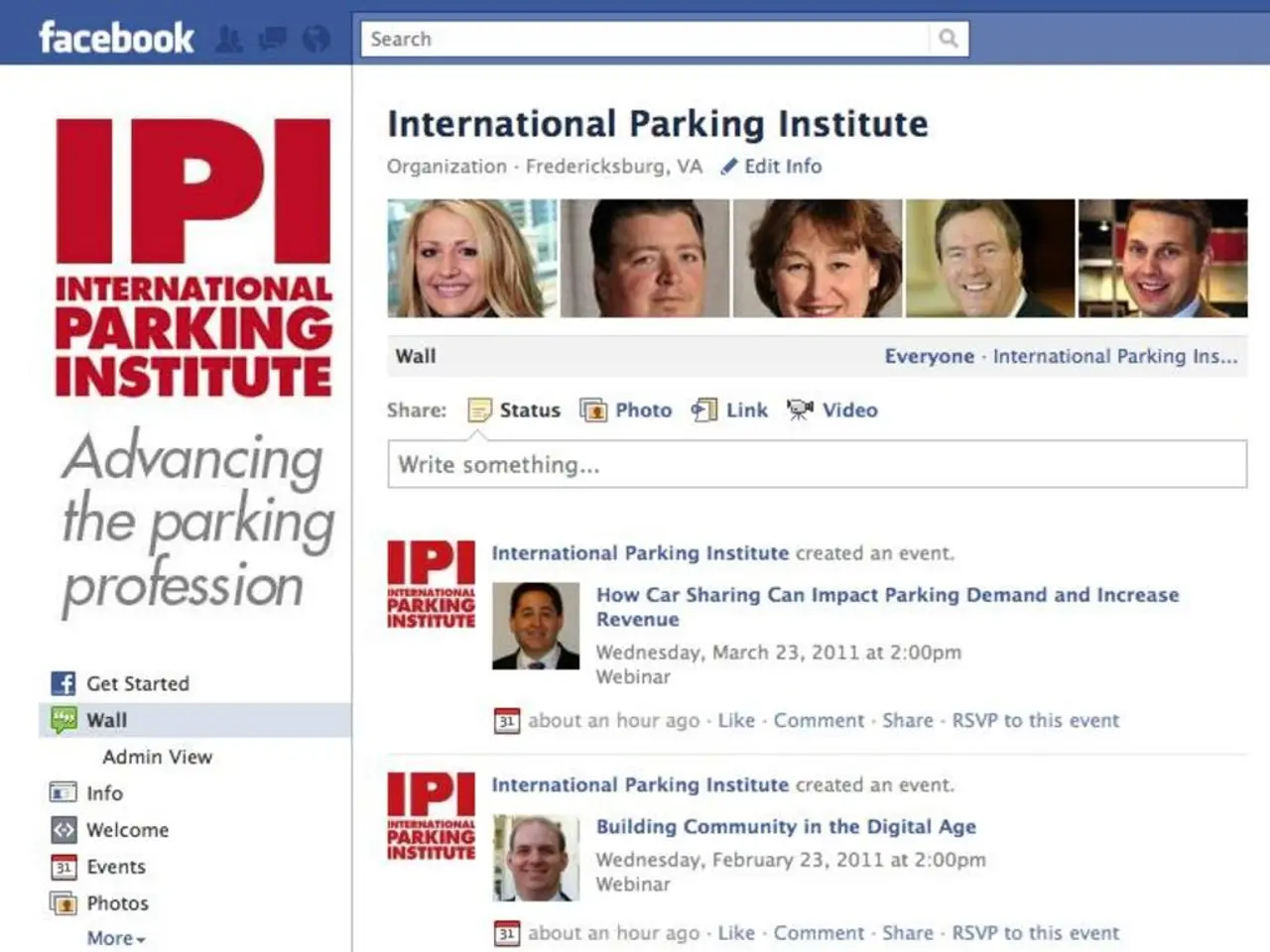Identifying and grouping consumers based on common preferences, characteristics, and behaviors to optimize marketing strategies and product offerings.
Hey there!
So, you're wondering what the big fuss about market segmentation is all about, huh? Well, imagine this:
You throw a party, but it doesn't feel right. People are milling around, talking, eating... but it somehow lacks energy. You realize that everyone has different tastes and preferences, and they're not all vibing with the same music, food, or atmosphere.
Now, what if you knew your guests well enough to cater to their unique needs and preferences? Wouldn't the party feel more alive, more engaging, and more enjoyable for everyone?
That, in a nutshell, is the power of market segmentation.
Market segmentation helps brands really get to know their potential customers - figuring out who they are, what they like, and what they value. By dividing the larger market into smaller, manageable groups with shared characteristics, businesses can create marketing strategies and solutions tailored to each group. This means better engagement, stronger brand loyalty, and ultimately, more profitable sales.
The question most clients ask is: "What's the tangible benefit of going through all this segmentation stuff?" They often wonder if it's worth the effort, especially when mass marketing seems more scalable. Here's why it usually pays off:
Segmentation helps you identify and prioritize the customers who bring the most value to your brand. Instead of casting a wide net, you're fishing in the right pond. This means a more focused and efficient route to growth, and sometimes, it's even more cost-effective.
One misconception about market segmentation is that it's only for big brands with massive data sets. Wrong! Businesses of all sizes can benefit from segmentation. Small companies can stretch their budgets by focusing on the audiences that matter most, while large enterprises can ensure that their marketing, product, and service teams are talking to the right customers, not everyone.
So, how does market segmentation work?
First, not all customers are equal. Some customers help your business grow faster than others due to their purchase behavior, loyalty, or influence. Good segmentation helps you spot these high-value customers and tailor your strategies to suit them.
Second, customer needs and expectations vary widely. Segmentation helps you understand these differences and create solutions that genuinely meet the needs of each group. This leads to better customer experiences and higher sales.
To make the most of your segmentation strategies, avoid relying too heavily on basic demographic or geographic segmentation. These sometimescreate overly broad groupings that miss the nuance of real customer behavior. Instead, go deeper with behavioral, psychographic, or needs-based segmentation to uncover what truly drives decision-making.
Done right, market segmentation becomes a blueprint for better business decisions, from product design to marketing and customer service. It helps you create more successful products, develop more effective marketing campaigns, build stronger emotional connections, maximize your marketing ROI across channels, offer more relevant customer service, allocate resources effectively, and improve overall customer experience.
So, are you ready to shake up your marketing party and make it the best one yet? Get started with a market segmentation study - it just might be the secret sauce your brand needs!
- To truly understand your potential customers and cater to their unique preferences, consider qualitative research methods such as in-depth interviews and focus groups, which can provide rich, nuanced insights about customer satisfaction and experience.
- For a more data-driven approach to market segmentation, combine qualitative research with quantitative research techniques, analyzing customer transaction data to identify trends, preferences, and segments within the larger market.
- Effective segmentation strategies can have a direct impact on a company's financial performance, helping businesses focus on the most valuable customers, maximize marketing return on investment (ROI), and ultimately generate higher sales.
- While market segmentation may initially seem complex, it is applicable to businesses of all sizes, from small companies looking to maximize their budgets to large enterprises seeking more targeted, effective marketing, product, and service strategies.







